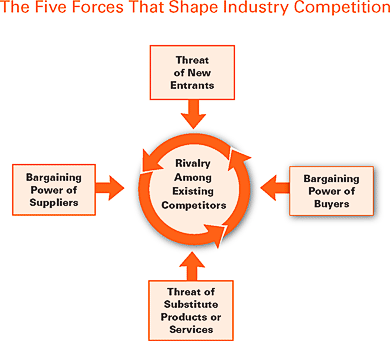Let me start by saying I like all kinds of video games. I like console games. I like PC games. I like shooters. I like RPG’s. Basically, I enjoy anything except sports games (and that’s really a comment about my attention span for professional sports rather than sports games themselves). I also like mobile games and free-to-play games. And I like F2P on mobile. I’ve had some great experiences with that combo when it’s done well. I still periodically dip back into Avengers Alliance*, and I had some great times with Hay Day and Tiny Trains.
My point is THIS IS NOT AN ANTI-F2P/ANTI-MOBILE/ANTI-MOBILE-F2P RANT.
The intention of this post is not to castigate mobile-F2P, but to point out a structural flaw in the current direction the market is taking. In general, it’s healthy for the industry to have a wide swath of business models, platforms, and vectors for people to games (or consume them, in business terms). There is a massive amount of potential in the mobile/F2P combo, but the market seems to be cannibalizing itself for short-term gains.



